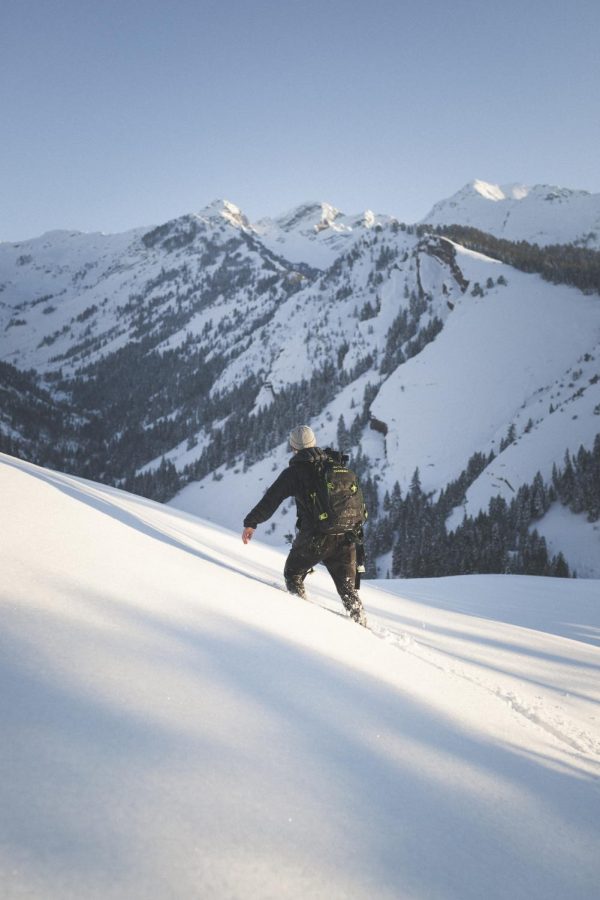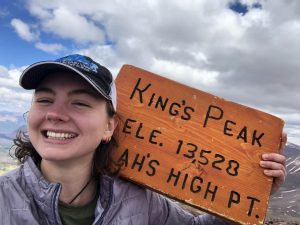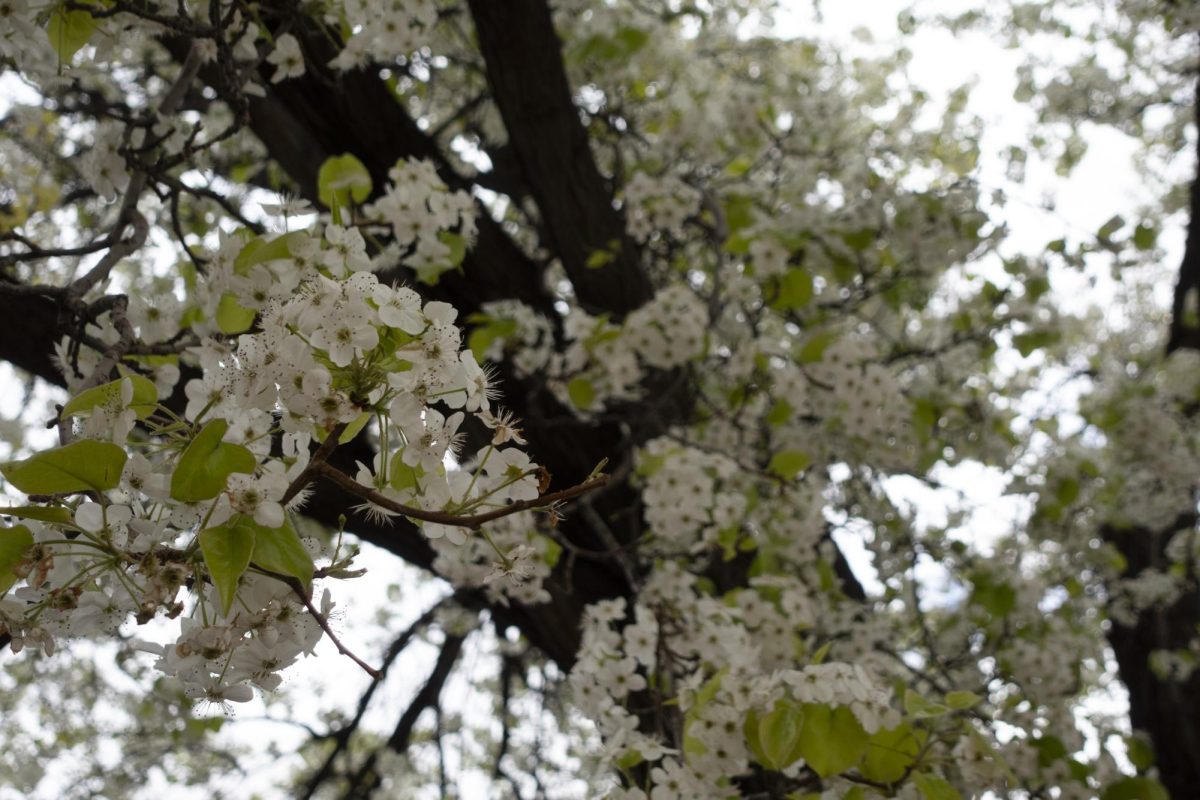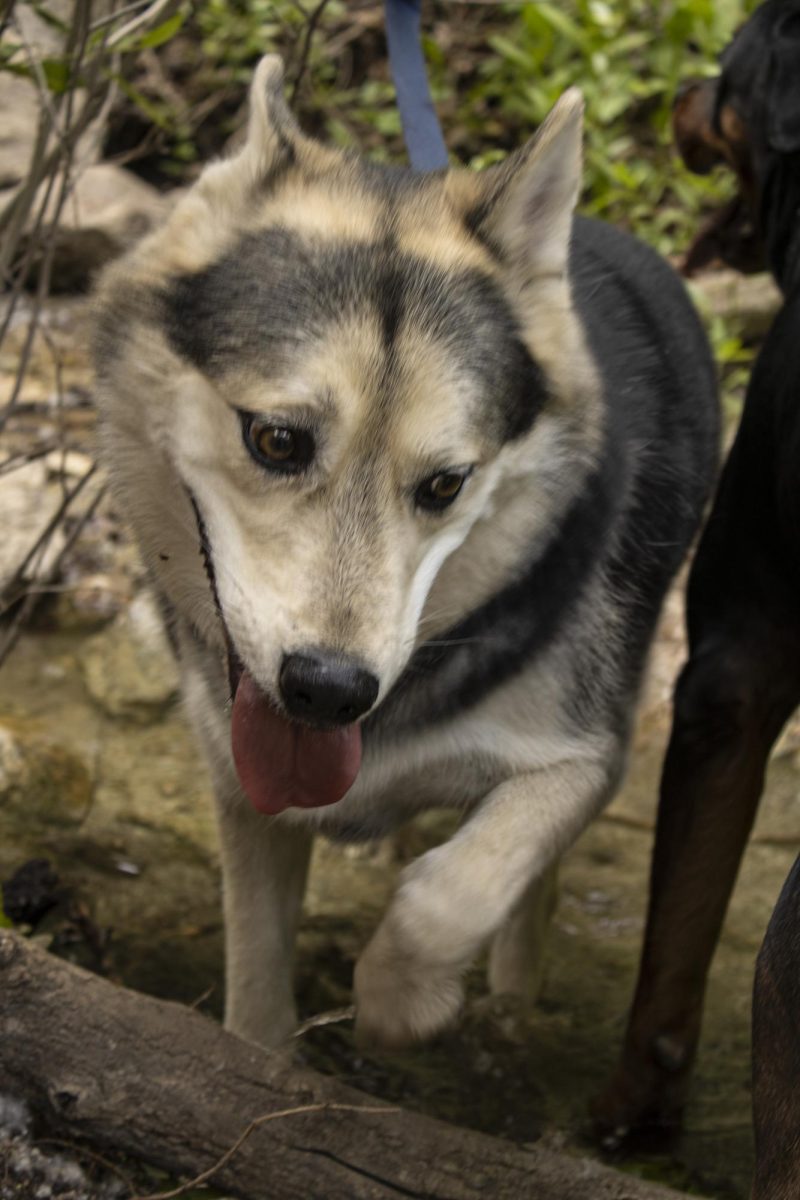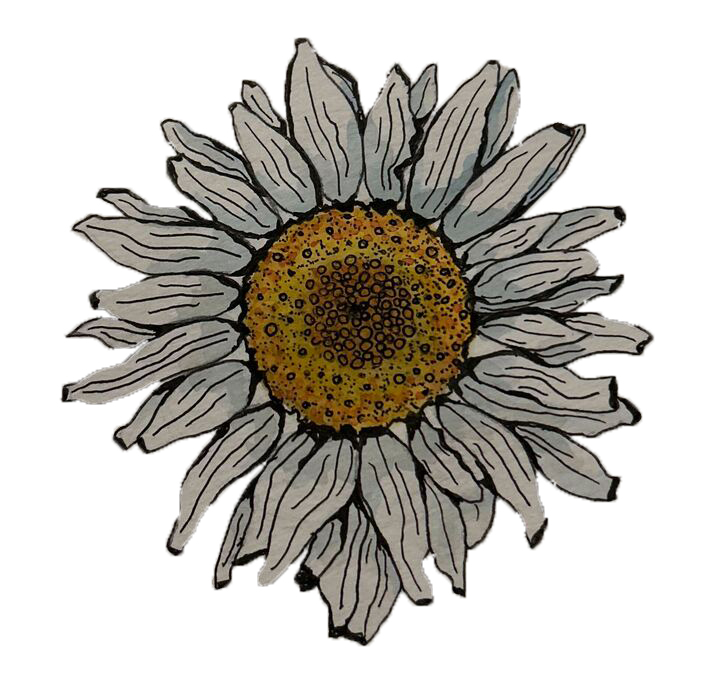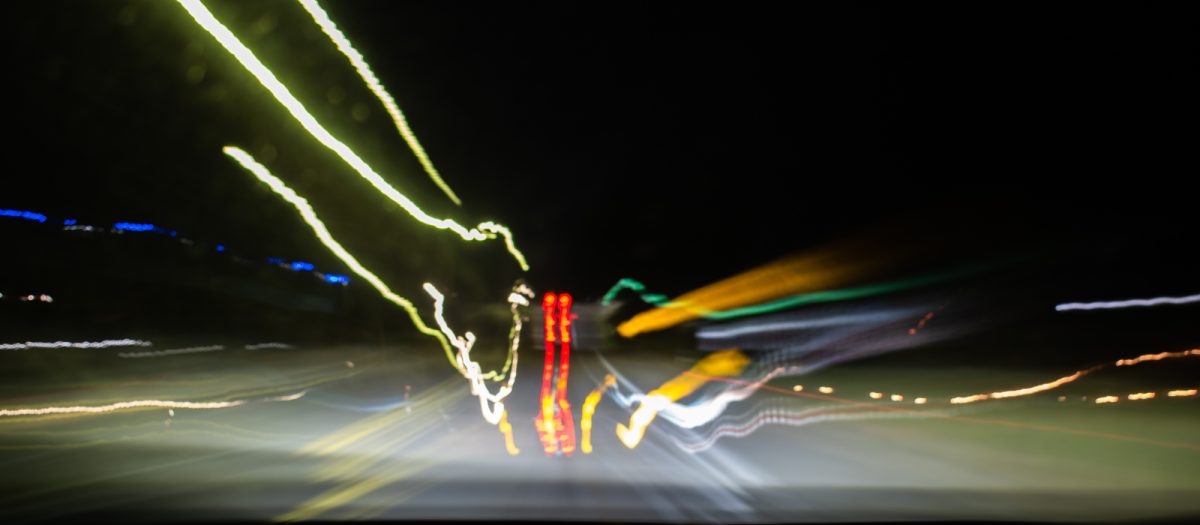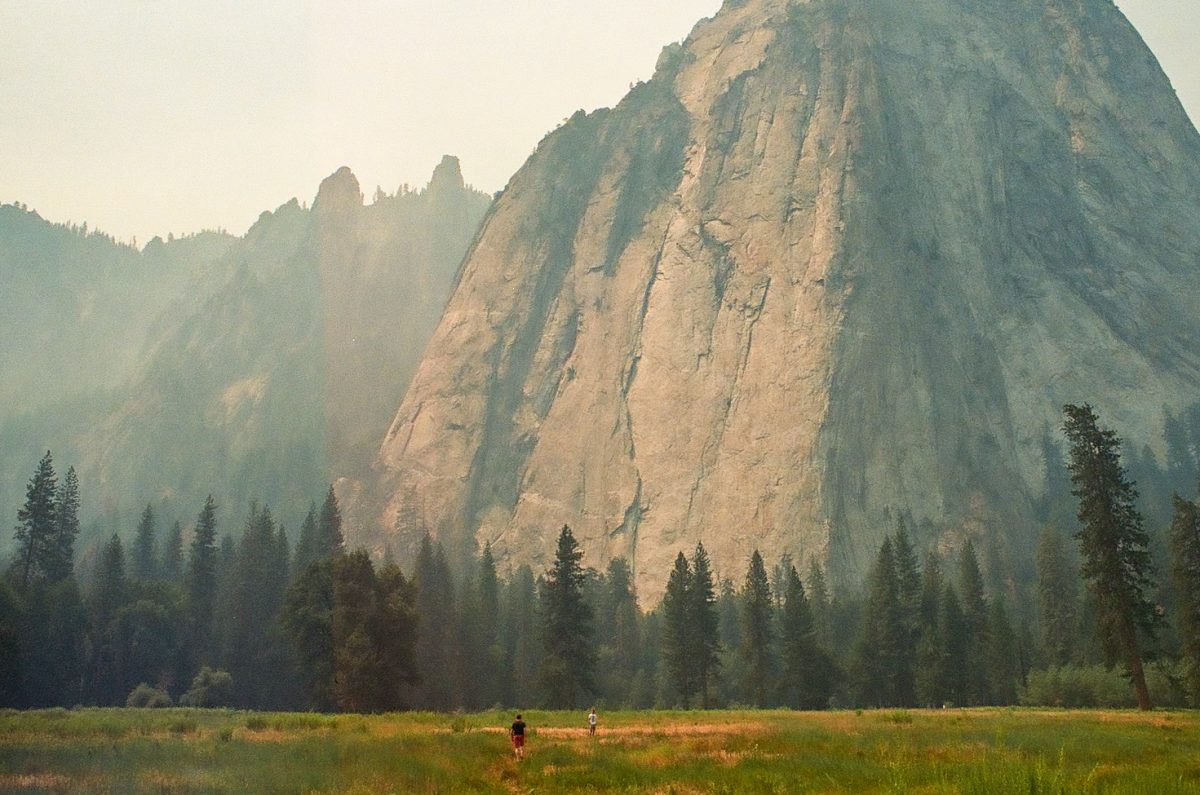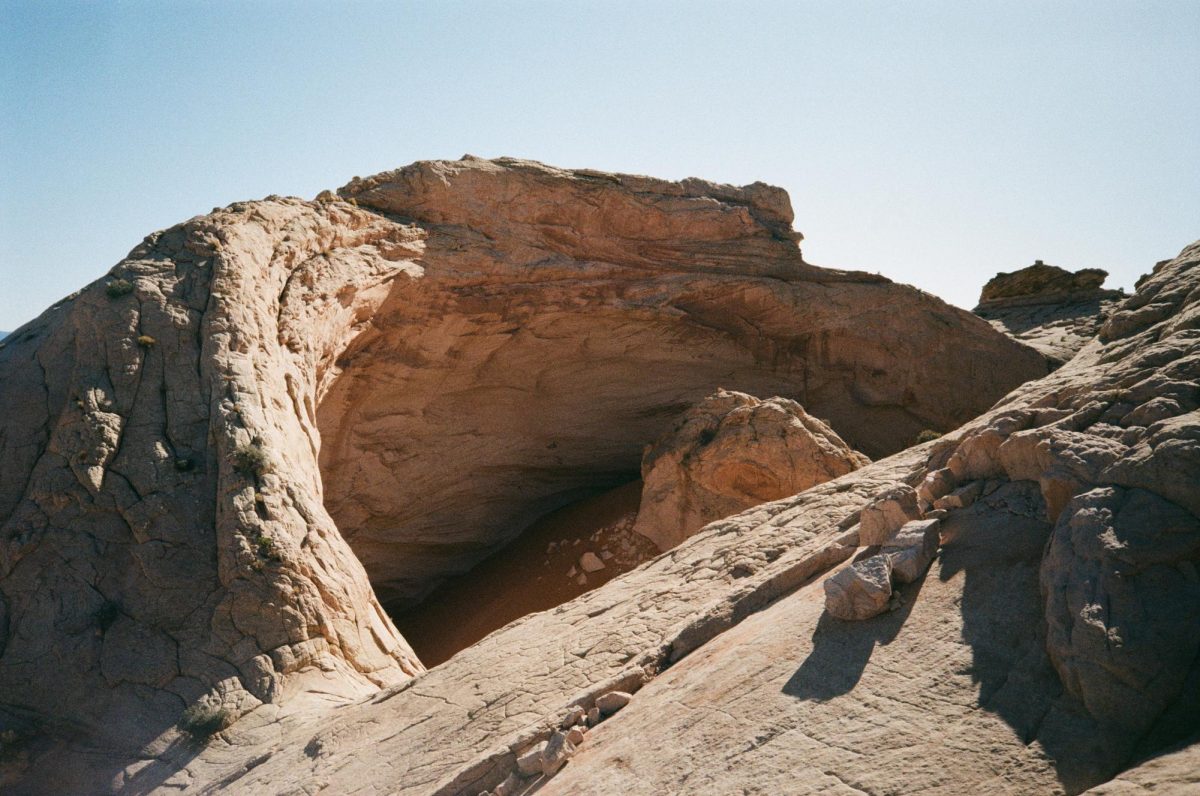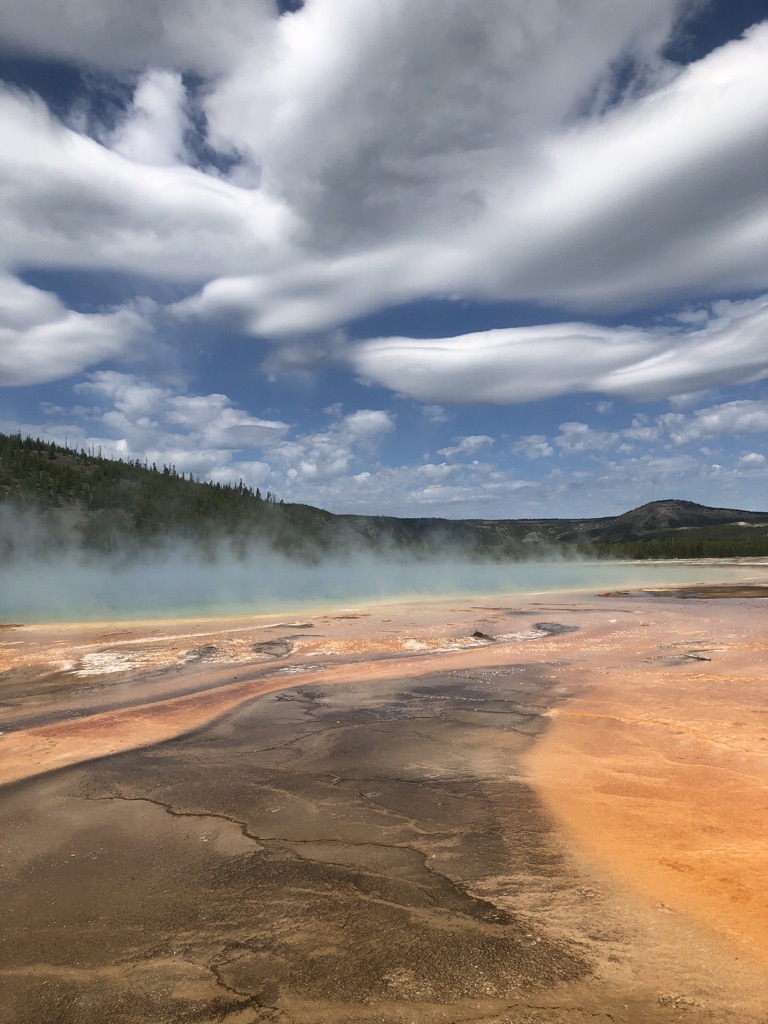Beneath the Surface: Taking a Deeper Look at Snow Safety
January 7, 2021
Note: this is not a substitute for a real avalanche safety course — take it as a reminder of the basics or inspiration to take a course.
Snow. Some of us dread it, some of us worship it. Whether its appearance sends you towards the mountains or under a pile of blankets on the couch, Utah is known to be a world-class winter sports destination, and we live with those top-notch slopes and storms in our very own backyard. Due to the early end of last year’s ski and snowboarding season, the winter enthusiasts of Utah are looking forward to the coming snowfall with more impatience and excitement than usual. Along with this sense of anticipation, there is a distinct cloud of uncertainty surrounding the 2020-21 season. Many are wondering what it will look like and how COVID-19 will affect their access to the slopes. Perhaps this year we will need more than just our standard buffs, turtle furs and other face coverings as protection. According to the Utah Avalanche Center, backcountry use increased significantly at the end of last season after the early closures of resorts. Sales of backcountry equipment skyrocketed as more people ventured out of bounds. This trend may continue into the coming season. Some resort skiers may be feeling encouraged to become backcountry travelers in order to avoid the dense crowds at resorts. Perhaps with funding from unemployment checks, people have been able to invest in a new pair of skis or an avalanche beacon. As the backcountry becomes more popular, pressing the principles of safe practice becomes even more essential. Whether you ride in bounds at a resort or seek lines on remote Alaskan spines, you should get to know the risks of traveling in the mountains during the winter. I don’t mean hungry grizzlies or slippery patches in the Snowbird parking lot — I’m talking about the risks of avalanches. The nature of the beast is to prey on the ignorant, so as you choreograph and perform your ritual snowfall dances in the preseason, be sure to read up on your snow science as well. Mitigating avalanche risk comes in three stages — get the knowledge, get the gear and get the experience.
Building Knowledge
There are a plethora of online and paper resources to learn from. My personal favorite is a little book called “Snow Sense” by Jill Fredston and Doug Fesler. The Utah Avalanche Center has a whole program, Know Before You Go, dedicated to improving avalanche awareness. What will these courses teach you? Evaluating avalanche danger requires an understanding of three factors. You can think of it as a triangle. The three sides of the triangle are snowpack, weather and terrain.
Snowpack has to do with the layers of snow beneath the surface. Starting with the first snowfall of the year, it gains depth and complexity. It’s the interaction between the layers of snow that determines whether a slab could form and be susceptible to slide. A slope might seem to be covered in the most welcoming powder, but it could be hiding a weak interface several layers down. Why does it matter? It’s a potential death trap. This factor applies to all areas where avalanche control is not performed. For backcountry travelers, it’s important, not to mention interesting, to keep track of what’s happening as it’s happening. Last season in early February, a cold snowstorm followed by a warm and heavy storm created an upside-down snowpack, resulting in several enormous avalanches that closed down not only Snowbird and Alta but also Little Cottonwood Canyon. The density and order of snowfall created the perfect recipe for highly unstable, avalanche-prone terrain.
The weather is tied to the snowpack, and different temperatures can affect the snowpack in different ways. For example, warm weather and sunshine can cause the snow to become more cohesive, which, depending on what’s underneath, can create dangerous slabs or greater stability.
The final side of the triangle, terrain, refers to the shape of the slope where snow is falling. Most important is the slope angle — as the angle increases, so does the strain on the snowpack. The danger zone is between 35 and 40 degrees, right where we usually want to be skiing. Consider also the aspect, elevation, shape and potential anchor points in the slope.
Fortunately, all these factors are consolidated into a concise daily report from the Utah Avalanche Center. You can sign up to get it in your inbox or get the UAC app on your phone. They’ll tell you what you need to know about the snowpack and weather conditions, as well as how likely each aspect is to avalanche. It’s then up to you to apply what you read to potential lines for the day.
Getting the Gear and Experience
As for the gear, you should never enter backcountry or side-country terrain without your avalanche beacon, a probe and a shovel. Don’t be fooled into thinking that this equipment makes you invincible. It’s rescue equipment for the worst-case scenario — that scenario being one where someone gets caught in an avalanche.
When entering the backcountry, the people you bring with you will be the people you rely on to rescue you, so practice with the gear. It won’t do any good if no one knows how to use it. Get your ski buddies and do some drills ahead of time. Put a beacon in transmit mode inside a backpack or Tupperware and bury it. Have your friends use their beacons to find it, probe for it and dig it up. Bet some lunch money on it and make it fun. Dig snow pits and experience the layers for yourself. The avalanche forecasters use this technique to predict instabilities, so it’s not mandatory, but nonetheless, it can be interesting and improve your knowledge of what’s going on beneath the surface. As you venture into the backcountry, keep track of your experiences. Logging observations and happenings into a little field notebook is a great habit.
The Human Factor
Once you’ve got your gear, snow science and practice sessions down, you’re good to charge into the backcountry, right? Not quite. There’s one factor the avalanche center doesn’t include in their report — the human factor. We are emotional creatures, subject to things like ego, summit fever, peer pressure and tunnel vision. All of these things and more can affect our decision-making in the mountains. Bluebird days and cameras may make us feel overconfident or pressured to perform and take advantage of the seemingly perfect day. Traveling with a more experienced partner can give us a false sense of safety. Similarly, “sheep syndrome” influences us to simply follow whoever is leading. Circumstances in our personal lives can affect how we make decisions too. It’s important to remember that the mountains don’t care if you’re itching to try out your new gear, or if it’s your first day off work in weeks. Never hesitate to say “no” if you’re seeing red or even yellow light conditions, and equally important, learn to accept a “no” from another member of the group. You should only ski lines that everyone in the group feels comfortable with. Check your assumptions. If the forecast predicts moderate avalanche danger, don’t assume that slopes are unlikely to slide without evaluating it for yourself. Make and use a checklist. Tracks on the slope do not necessarily mean it’s safe to ski — you could be the final trigger the avalanche needs to release. Familiarity with an area doesn’t make it less likely to slide either. Weather conditions and snow stability are variables that change constantly. Finally, don’t let your beacon become a sphere of invincibility. A functioning beacon only means the beacon will be recovered. In the case of being caught, trauma from the ride and suffocation resulting from delayed rescue are the most likely causes of a fatality. If you find yourself being reassured by your avalanche beacon or rescue gear during the decision-making process, chances are you’re in the wrong place at the wrong time. Consider whether it’s worth it and if better alternatives exist.
The last thing to remember is that the mountain will still be there next week, next month and even next year. You can always come back when the conditions are better. With this in mind, have fun this season and always be suspicious of what’s beneath the surface.

